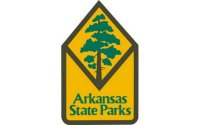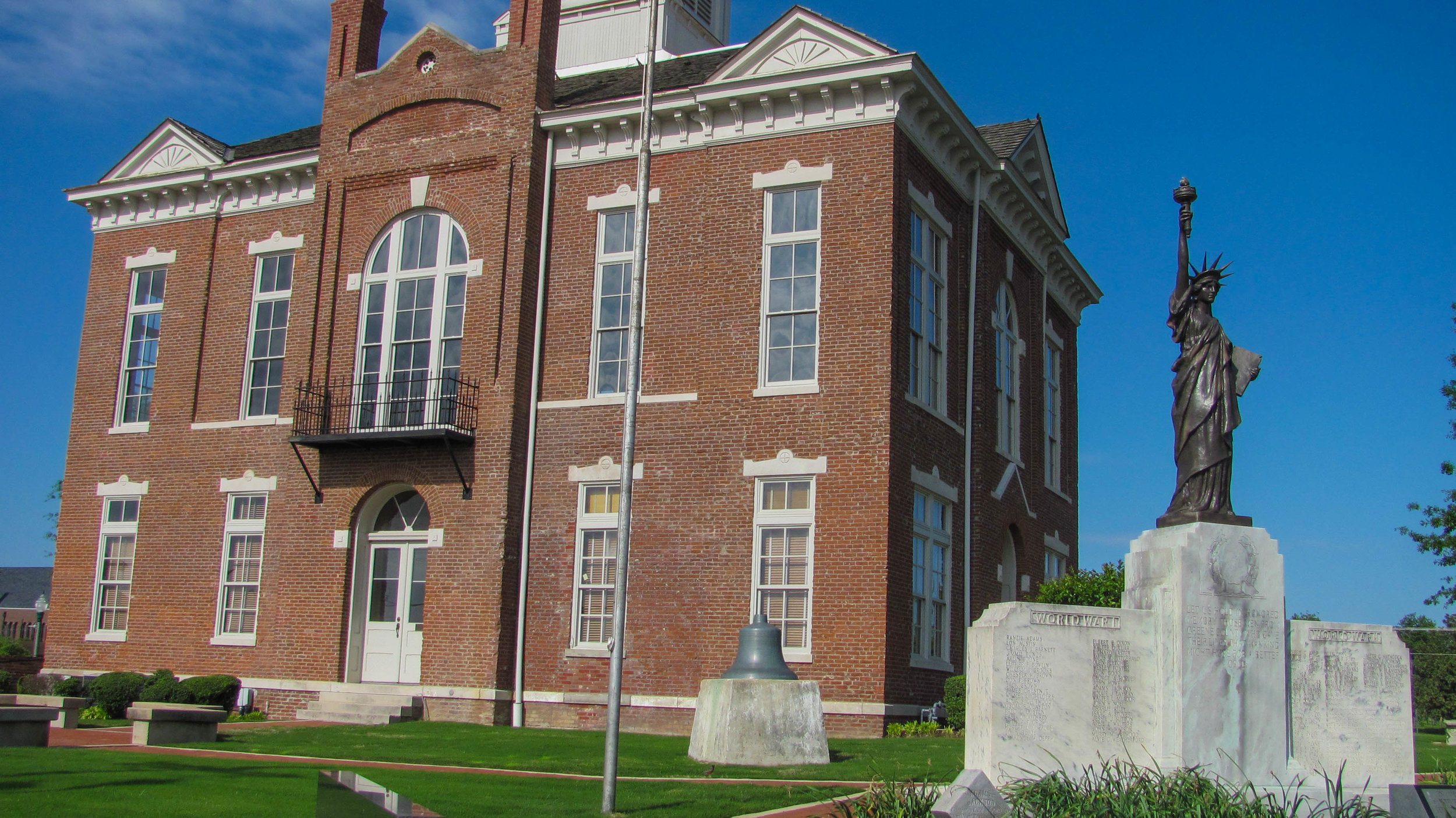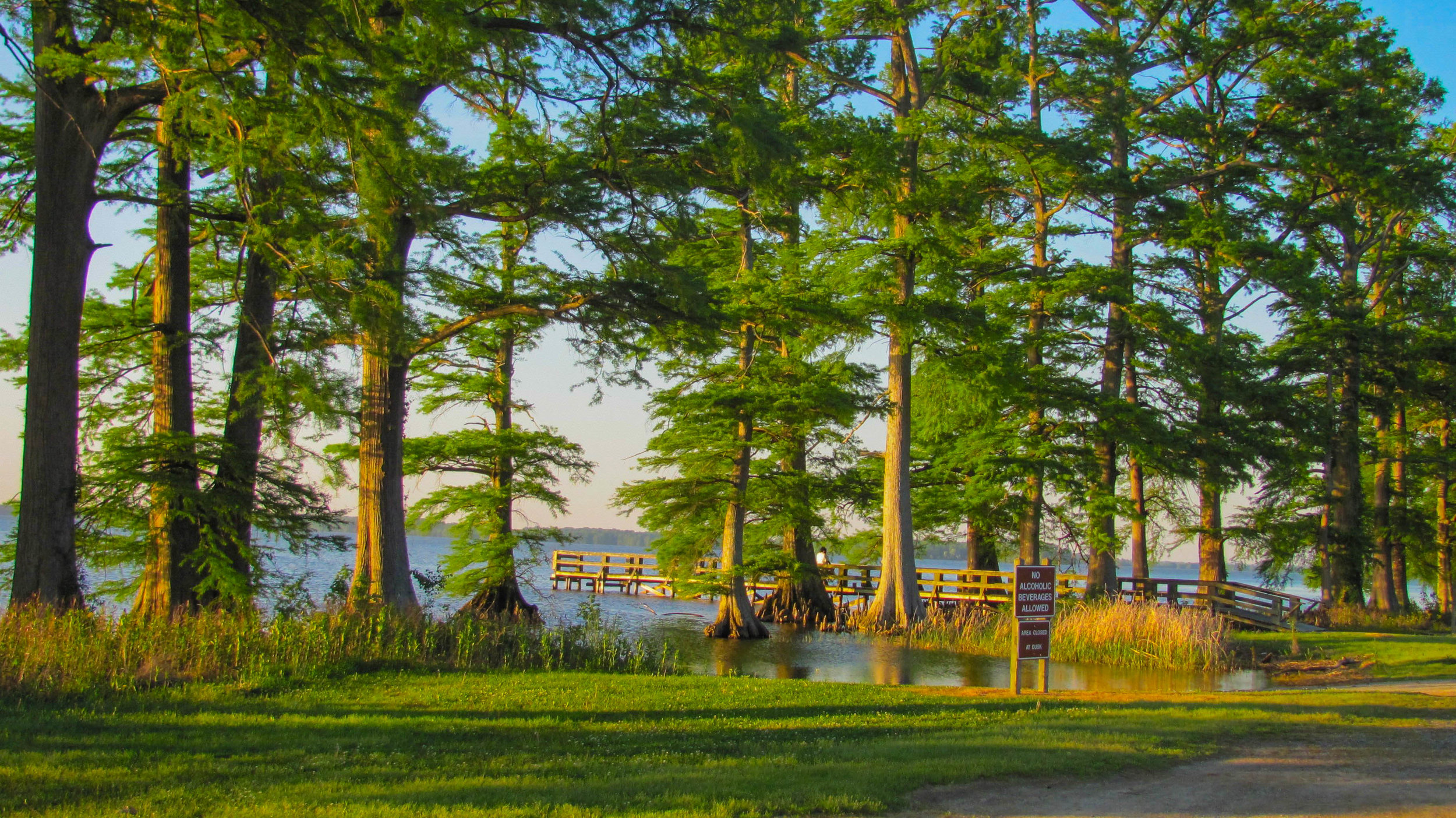60 AR State Hwy 184
Parkin, Arkansas
870-755-2500
Parkin Archeological State Park in eastern Arkansas at Parkin preserves and interprets the Parkin site on the St. Francis River where a 17-acre Mississippi Period, Native American village was located from 1000 to 1550 CE. The village was surrounded by a moat and a log palisade wall for protection. Agricultural fields for growing corn, beans, and other crops were located outside the moat. A large platform mound, on the bank of the river, remains. The site is important for understanding the history and prehistory of northeast Arkansas. There were many Native American sites similar to Parkin throughout this region, but they did not survive as eastern Arkansas was settled. The Parkin site is the best preserved village site of this time period in the region.
Many scholars believe the Parkin site is the American Indian village of Casqui visited by the expedition of Hernando de Soto in 1541, and written about in his chronicles. The de Soto expedition, which explored what is now Arkansas for two years (1541-1543), had a profound effect on the natives. Diseases accidentally introduced by the Spaniards resulted in numerous deaths. Spanish demands for food, language interpreters, and equipment bearers led to clashes between the explorers and natives. The encounter at Casqui was one of the few friendly contacts recorded between the de Soto expedition and Native Americans.
In the early 1900s, a saw mill was established at the Parkin site by the Northern Ohio Cooperage and Lumber Company. Some of the mill workers built houses and lived next to the factory. Sawdust from the mill was dumped into the moat around the Native American village site. The area became known as Sawdust Hill. The saw mill operated at the site until the Great Depression. By the beginning of World War 2 there were 15 one-room and two-room schoolhouses providing education for children in Parkin, a town of less than 2,000 citizens. Three-quarters of the sawmill workforce were African-American and the Northern Ohio School was built for their children. Today, the school is the only one of these early Parkin structures still standing and provided first through eighth grade educations until 1948. The stories it tells of what took place here in the early 20th century in and around the Sawdust Hill community are compelling parts of the history of Parkin.
Arkansas State Parks and the Arkansas Archeological Survey manage this National Historic Landmark. In conjunction with the founding of the state park, a research station was established at Parkin by the Arkansas Archeological Survey. Station archeologists conduct research at the site that provides visitors with a unique opportunity to see how we learn about prehistory. Visitors can watch research in progress, and see firsthand the results of careful excavations and laboratory analysis. The Parkin site was designated as a National Historic Landmark by the U.S. National Park Service, one of only ten such sites in Arkansas. It is also listed on the National Register of Historic Places. These designations emphasize the site’s importance.
The Visitor Center includes an auditorium, exhibit area, gift shop, and archeological laboratory. The site’s interpretive staff offers audiovisual programs, site tours, workshops, and other educational programs, and special events, and activities. When archeological excavations are underway, visitors on guided tours can observe them. Museum and Archeological Site self-guided walking tours are free. The site charges a small fee for guided tours. A picnic area, playground, and standard pavilion (enclosed) are located nearby. The site also has an access area to the St. Francis River that has a boat ramp.
Visiting Parkin Archeological State Park
Tuesday - Saturday: 8 am - 5 pm
Sunday: 12 - 5 pm
Closed: Mondays and major holidays
There is no charge to visit the Parkin Archeological State Park. A fee is charged for archeological site guided tours.
Directions: Parkin Archeological State Park is on the north edge of the city of Parkin at the junction of US-64 and AR-184. Parkin is 12 miles north of I-40 on AR-75 OR 23 miles west of I-55 on US-64.
Explore the nearby community off Parkin
Parkin Archeological State Park - The official website of Parkin Archeological State Park.















